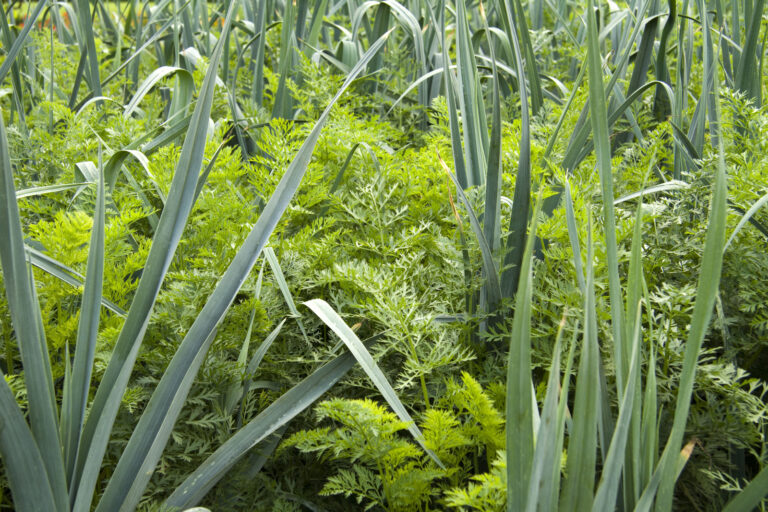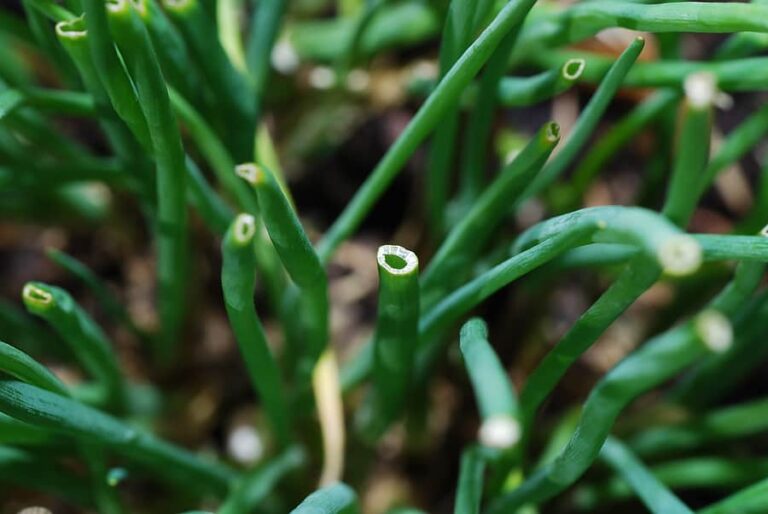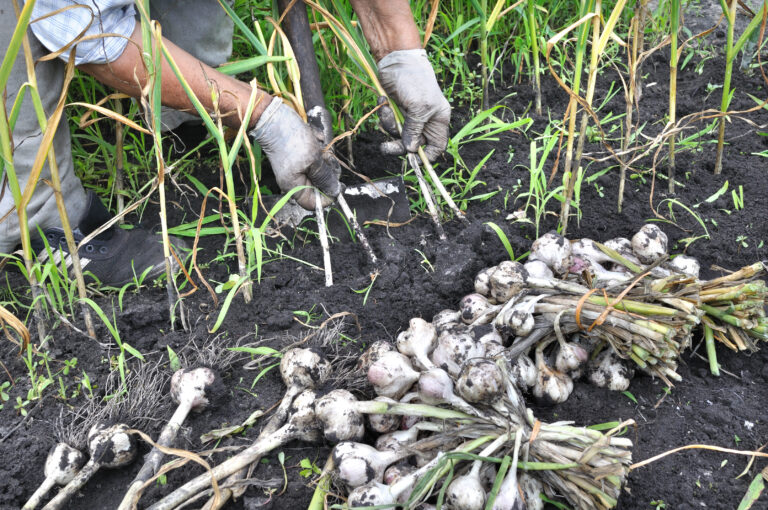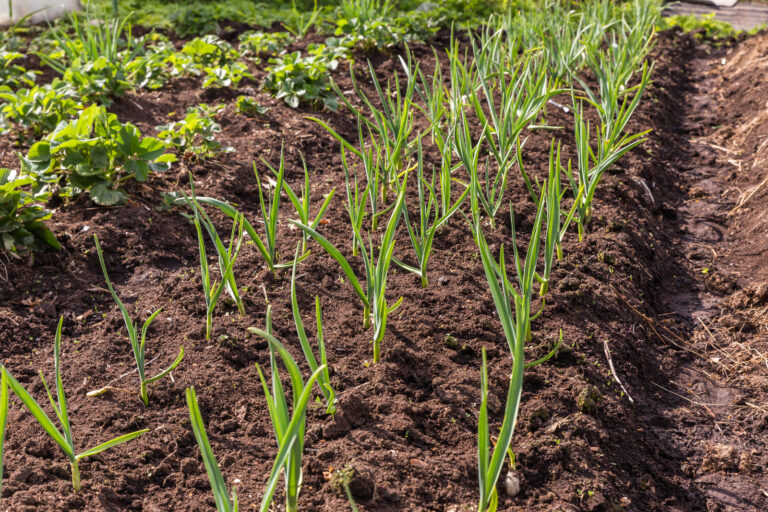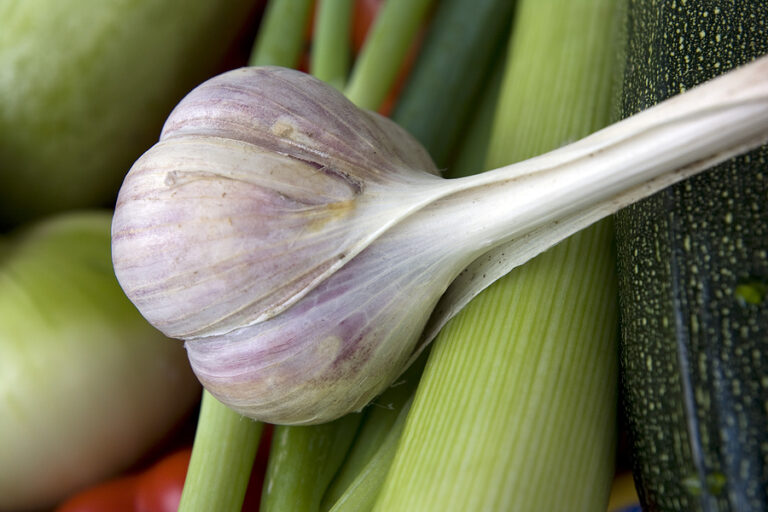Feeding and Fertilizing Onions: Organic and Synthetic Options
Onions are heavy feeders that need steady nutrition from planting to bulb formation. Choosing the right fertilizer—whether organic or synthetic—can dramatically improve yield, flavor, and storage life. Over my years of growing onions in gardens and containers, I’ve learned that timing, balance, and soil health matter as much as fertilizer choice.
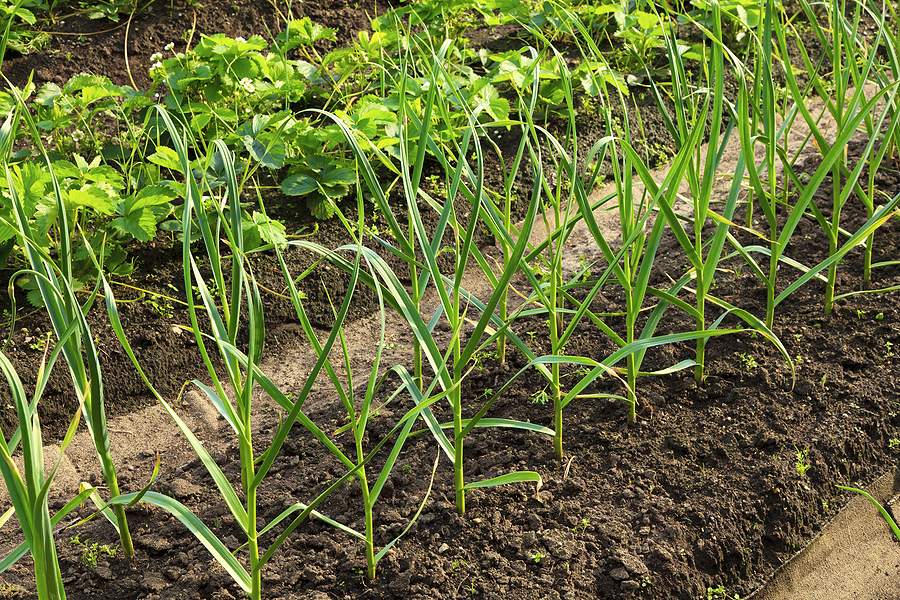
Understanding Onion Nutrient Needs
- Nitrogen (N) – For leafy growth in the early stages.
- Phosphorus (P) – Supports strong roots and early development.
- Potassium (K) – Improves bulb size, disease resistance, and storage quality.
Organic Fertilizer Options
- Compost – Improves soil structure and provides a balanced nutrient supply.
- Well-Rotted Manure – Adds nitrogen but should be applied before planting to avoid burning young roots.
- Blood Meal – High in nitrogen, great for early leaf growth.
- Bone Meal – Rich in phosphorus for strong root development.
- Kelp Meal – Supplies potassium and trace minerals for healthy bulbs.
Synthetic Fertilizer Options
- Balanced NPK Fertilizers (e.g., 10-10-10) – Provide quick-release nutrients for steady growth.
- High-Nitrogen Fertilizers (e.g., 21-0-0 ammonium sulfate) – Boost early leaf production.
- Potassium Sulfate (0-0-50) – For better bulb size and storability in mid to late growth stages.
Feeding Schedule
- At Planting: Incorporate compost or a balanced slow-release fertilizer into the soil.
- Early Growth (3–4 weeks after planting): Apply high-nitrogen feed every 2–3 weeks.
- Bulb Formation: Switch to lower-nitrogen, higher-potassium feed to encourage larger bulbs.
- Final 3–4 Weeks: Stop feeding to let bulbs mature naturally.
My Experience Tip
In my trials, onions fed with compost plus a light dose of ammonium sulfate in early growth produced bulbs 20% larger than compost alone.
Onion Fertilizer Timing Chart
| Growth Stage | Months (Northern Hemisphere) | Organic Option | Synthetic Option | Purpose |
|---|---|---|---|---|
| At Planting | Jan–Apr (depending on start) | 2–3″ compost + 1–2 tbsp bone meal per plant | Balanced slow-release (10-10-10) | Boosts root development and early leaf growth |
| Early Growth (3–4 weeks after planting) | Feb–May | Blood meal or fish emulsion every 2–3 weeks | Ammonium sulfate (21-0-0) every 2–3 weeks | Encourages strong green leaf growth (more leaves = bigger bulbs) |
| Bulb Formation | May–July | Kelp meal or wood ash | Potassium sulfate (0-0-50) | Increases bulb size, flavor, and disease resistance |
| Bulb Maturing | July–Aug | None (let soil nutrients finish) | None | Allows bulbs to harden and prepare for storage |
| Pre-Harvest | Aug–Sept | None | None | Avoid feeding to prevent splitting and ensure good curing |
Quick Tips:
- Leaf Count = Bulb Size: Each leaf translates into one onion ring—more leaves early means bigger bulbs later.
- Mulch + Fertilizer Combo: Mulch keeps nutrients from leaching away between feedings.
- Avoid Late Nitrogen: Feeding nitrogen too late delays maturity and hurts storage quality.
Onion Growing Hub
Start here: The Ultimate Onion Growing Guide: From Seed to Harvest
🌱 Planning & Varieties
- How to Choose the Best Onion Varieties for Your Region – Match flavor, storage, and climate to your garden.
- Daylength and Onion Growth: Understanding Short, Intermediate, and Long-Day Varieties – Pick the right type for your latitude.
- Growing Bulb Onions: Pick the Right Variety for Your Garden – Choose the right variety for where you live.
- Onion Sets vs. Seedlings vs. Seeds: Which Is Best for Your Garden? – Pros and cons of each planting method.
🌿 Planting & Starting
- Step-by-Step Guide to Starting Onion Seeds Indoors Successfully – Timing and troubleshooting for strong transplants.
- Planting Onions Seeds and Sets – Here’s how to get started.
- How to Grow Onion Sets – You can grow your own onion sets from seed for next year.
- Growing Onions in Containers: Soil, Pots, and Care Tips – Small-space planting success.
- How to Grow Green Onions, Spring Onions, and Scallions – Learn how these alliums differ.
- How to Plant, Grow, and Harvest Welsh Onions – Learn to grow these mild-flavored members of the onion family.
🌞 Care & Maintenance
- Watering Onions for Optimal Growth: Techniques and Tips – How much and how often to water.
- Feeding and Fertilizing Onions: Organic and Synthetic Options – Nutrient needs for strong bulbs.
- Companion Planting with Onions: Plants to Grow With and Avoid – Beneficial pairings and plants to avoid.
- Onion Family Growing Problems: Pest, Disease, and Problem Controls – Natural control of thrips, maggots, and more; identifying and treating fungal or bacterial problems.
🧅 Harvest & Storage
- How to Harvest Onions at Peak Maturity for Best Storage – Signs onions are ready and how to cure.
- How to Harvest and Store Onions – Here are the basics for harvesting and storing onions.
- Onion Storage Techniques: Keep Your Harvest Fresh for Months – Best environments for long-term keeping.
🍳 Using Your Onions
- Cooking with Onions: Recipes and Tips to Bring Out Flavor – From fresh salads to caramelized dishes.
- How to Make Onion Soup with No Recipe – Enjoy this tasty classic!

